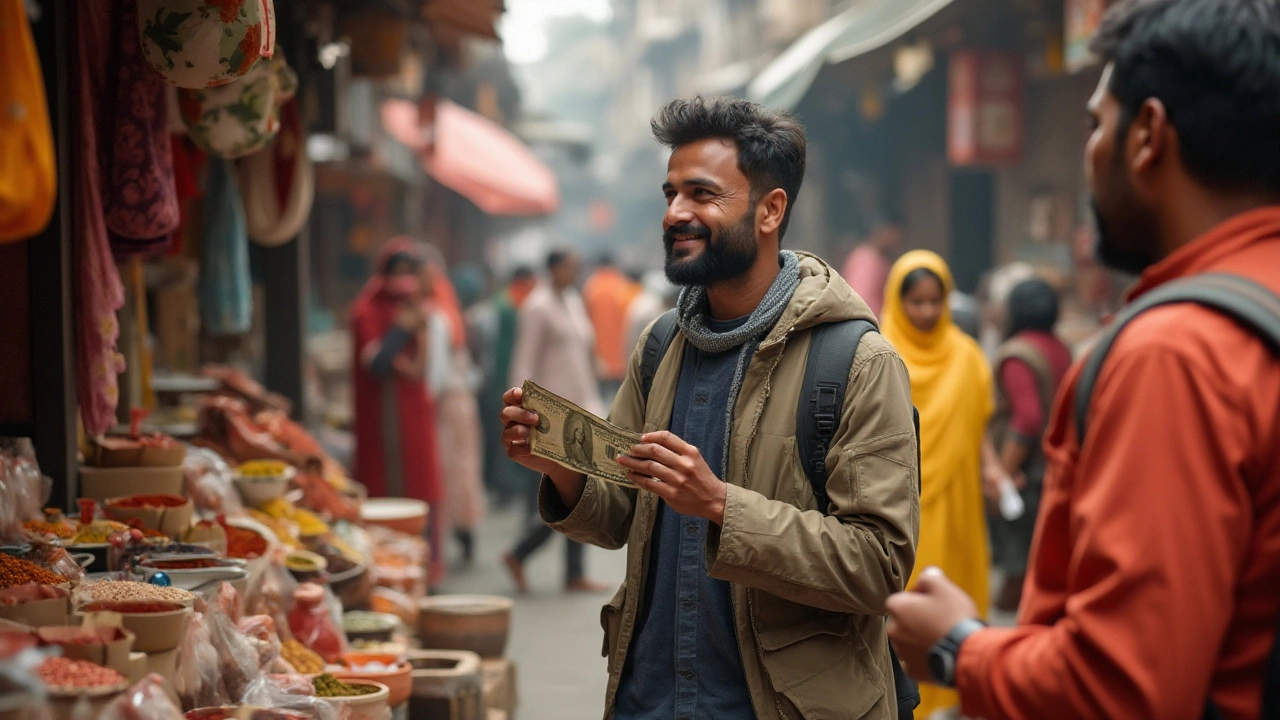SEARCH
Currency Conversion Made Easy for Your India Adventure
Planning a trip to India? One of the first things on your checklist is figuring out how to get your money from dollars, euros, or pounds into Indian rupees (INR). It can feel confusing with fluctuating rates, hidden fees, and a bunch of exchange options. The good news is you don’t need a finance degree to get a fair deal. Below are the steps I use every time I travel, plus a few shortcuts that save time and cash.
Where to Exchange – Best Spots for Real Rates
First, decide where you’ll actually swap your cash. Airport kiosks are convenient but usually charge 5‑10 % above the mid‑market rate. Instead, try these options:
- Local banks in major cities – they often match the RBI’s reference rate and have low fees.
- Authorized money changers like Thomas Cook or Western Union – they display the rate on a board, so you can compare quickly.
- ATMs that dispense INR – using a debit card with no foreign‑transaction fee can be cheaper than a teller, but check with your bank about any per‑withdrawal charge.
Tip: Exchange a small amount (like 2,000 INR) at the airport just to cover transport to your hotel, then head to a bank or changer for the bulk of your money.
Tools and Tricks to Keep Your Budget on Track
Even if you’re not a numbers person, a few simple tools make conversion painless:
- Currency converter apps (XE, Currency, or Google) give you the live mid‑market rate. Treat this as your baseline.
- Offline calculator – multiply the amount you need in INR by the current rate (e.g., 1 USD = 83 INR) to see exactly how much you’ll spend.
- Round‑up rule – always add 2‑3 % to the calculated total to cover hidden fees. If the app says 10,000 INR, budget about 10,300 INR.
When you pay with a credit card, look for “no foreign transaction fee” cards. They use the interbank rate, which is usually the best you’ll get. Just confirm that the merchant accepts cards; some small shops prefer cash.
Another handy tip: Keep a mix of cash and card. Cash is king for markets, local transport, and small eateries, while cards work well for hotels and bigger restaurants. If you’re traveling to remote areas like Ladakh or the Northeast, carry extra cash because ATMs can be scarce.
Finally, avoid dynamic currency conversion (DCC). When a merchant asks if you want to pay in your home currency, say no. DCC adds a hefty markup that can double the cost you’d pay in INR.
By following these steps – choosing the right exchange spot, using simple conversion tools, and staying aware of fees – you’ll walk away with more rupees and less stress. Happy travels, and enjoy every bite, sight, and ride that India has to offer!

What Is $1 US Worth in India: Your Guide to Budget Travel
The value of $1 US in India changes over time and understanding its worth is crucial for travelers on a budget. This article explores the current exchange rate, providing practical tips for making the most of a dollar in India. With insights into daily expenses, local transport, and accommodations, this guide helps travelers maximize their experience in India. Discover how to manage your travel budget effectively by understanding the currency conversion dynamics and economic factors. Whether grabbing a meal or exploring local attractions, learn to stretch your dollar further.
Continue reading